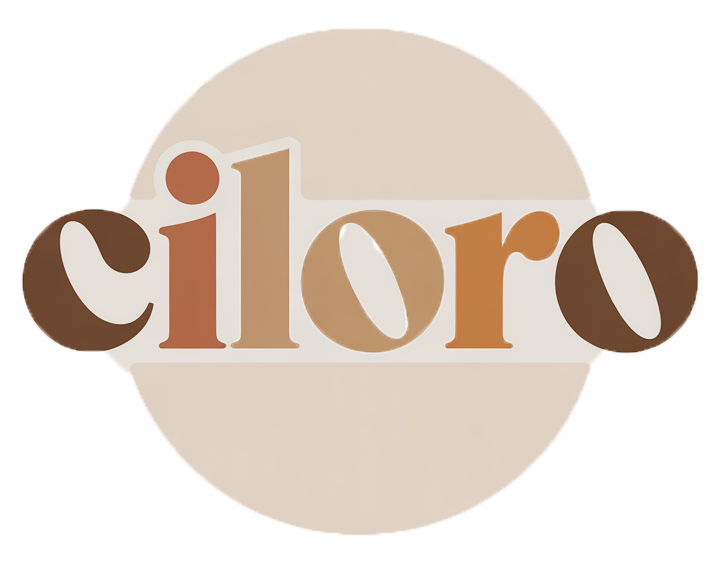Incorporate Artifacts into Home Decor for Unique Style
Artifacts are objects that hold historical, cultural, or personal significance, often representing the heritage and stories of their origins. Incorporating artifacts into home decor not only adds visual interest but also creates a narrative that connects individuals to their past and culture. This article explores ten unique ideas for incorporating artifacts into your home, offering creative solutions that blend aesthetics with meaning.
As you read through the sections, you will discover various methods for displaying artifacts, maintaining their integrity, and using them as conversation starters. Whether you are looking to celebrate your heritage or simply add a touch of uniqueness to your living space, the following ideas will inspire you.
Embracing Cultural Heritage
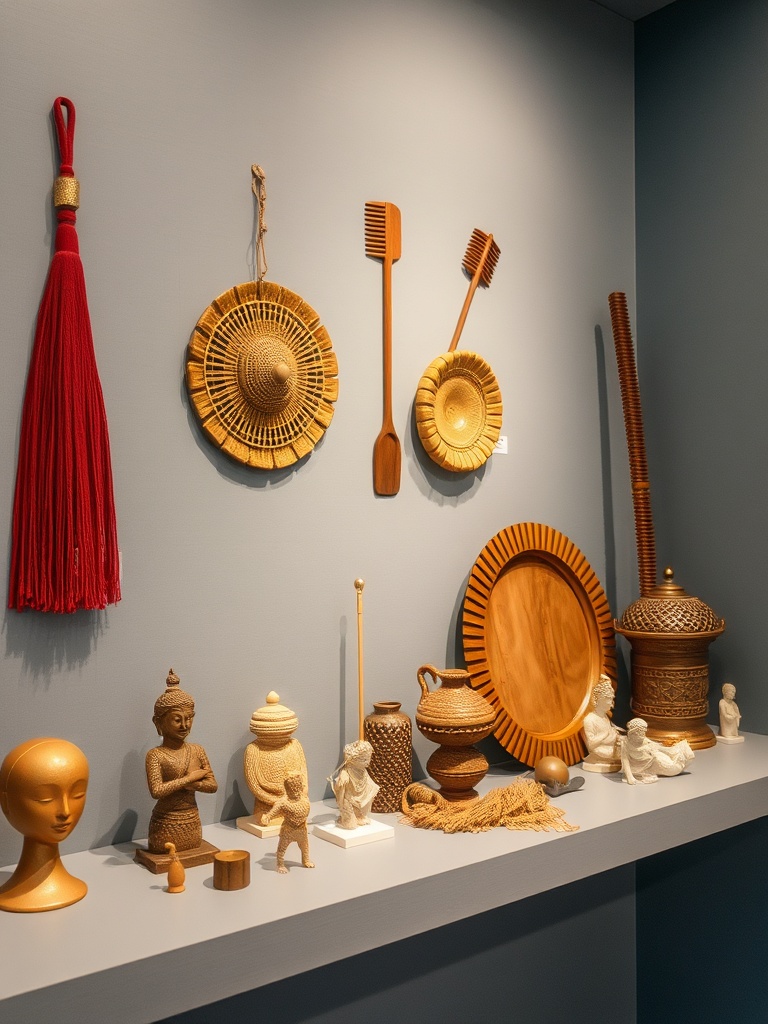
Understanding the Value of Artifacts
Artifacts serve as tangible reminders of cultural significance, often telling stories that reflect the history and values of a community. They can represent traditions, beliefs, and experiences that are passed down through generations. By incorporating artifacts into your home, you not only celebrate your heritage but also educate others about its importance.
Selecting Artifacts That Reflect Your Heritage
When choosing artifacts to display in your home, consider the following tips:
- Personal Meaning: Select items that resonate with your personal history or family background.
- Authenticity: Ensure that the artifacts are genuine and have a documented provenance to enhance their value.
- Storytelling: Choose artifacts with interesting stories that can engage guests and spark conversations.
Creative Display Ideas
Shadow Boxes for Smaller Artifacts
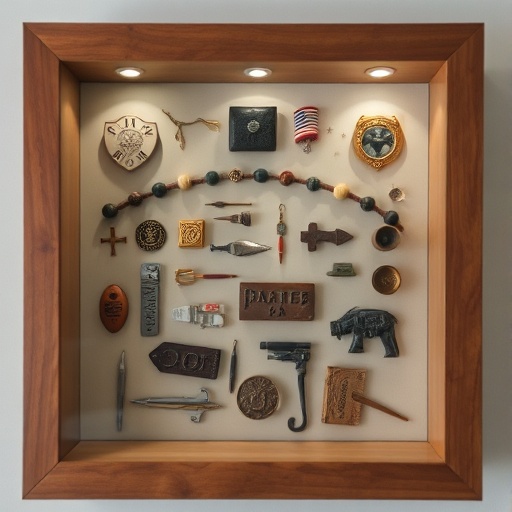
Shadow boxes are a fantastic way to display smaller artifacts while protecting them from dust and damage. These deep frames can be filled with a variety of items, creating a visually appealing display.
To arrange items effectively:
- Group artifacts by theme or color for a cohesive look.
- Use background materials that enhance the artifacts, such as fabric or patterned paper.
- Incorporate labels or descriptions to provide context for each piece.
Floating Shelves as Showcase Spaces
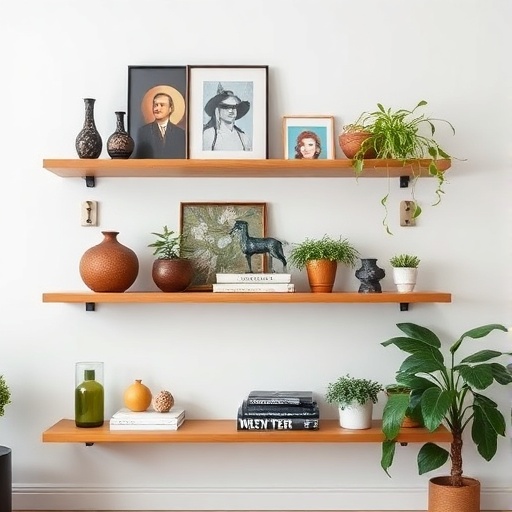
Floating shelves provide a modern and versatile way to showcase artifacts. They can be installed in any room, allowing for flexibility in design.
Best practices for arranging artifacts on floating shelves include:
- Varying the height of items to create visual interest.
- Mixing artifacts with books and plants for a well-rounded display.
- Ensuring that heavier items are placed at the bottom for stability.
Incorporating Artifacts into Gallery Walls
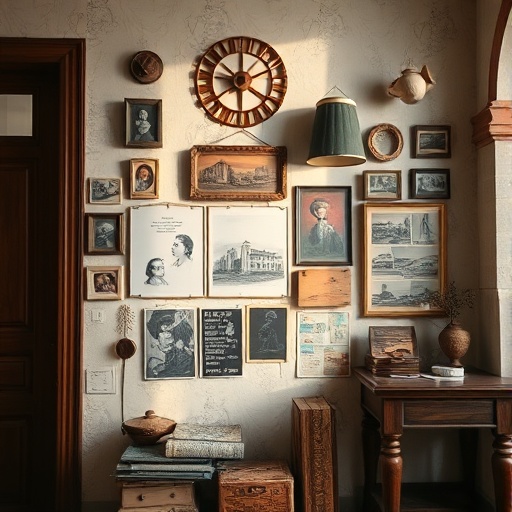
A gallery wall can be an excellent way to create a dynamic and personal space. When incorporating artifacts, consider how they interact with other artwork.
To achieve balance:
- Use frames that complement the style of the artifacts.
- Mix different types of art and artifacts to create a rich visual tapestry.
- Keep a consistent spacing between items for a cohesive look.
Functional Decor with Artifacts
Using Artifacts as Furniture Accents
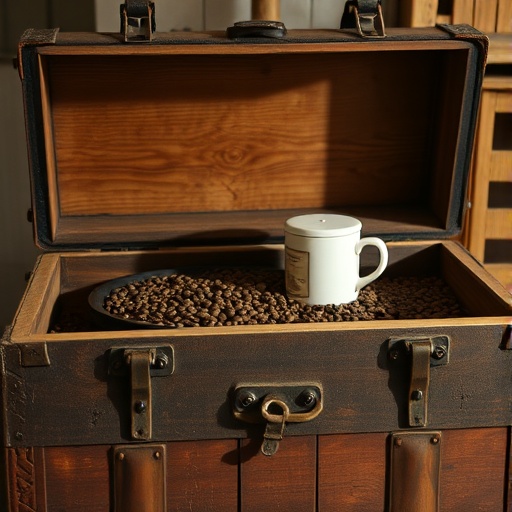
Artifacts can serve as unique accents in furniture design. By integrating them into furniture pieces, you create functional decor that tells a story.
Ideas include:
- Turning a vintage trunk into a coffee table.
- Using an antique ladder as a bookshelf or display stand.
- Incorporating artifacts into cabinet designs for added charm.
Artifacts as Unique Lighting Fixtures
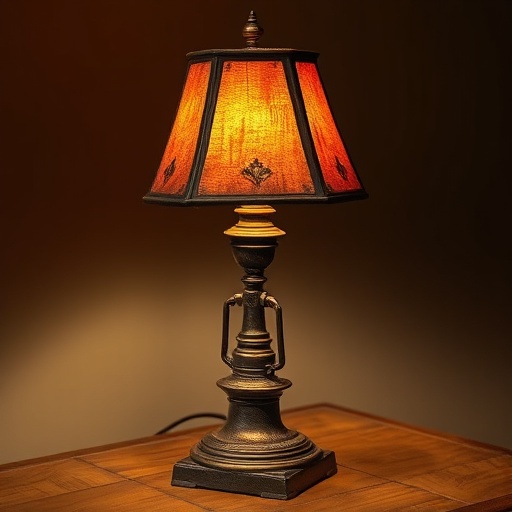
Creative lighting design can incorporate artifacts to enhance the ambiance of a room. Consider using artifacts as bases for lamps or as decorative elements in light fixtures.
When designing with artifacts in mind:
- Ensure that the artifacts used are safe for lighting applications.
- Choose materials that can withstand heat and electrical components.
- Consult with a professional for complex installations to ensure safety.
Seasonal and Rotational Displays
Creating a Seasonal Display Space
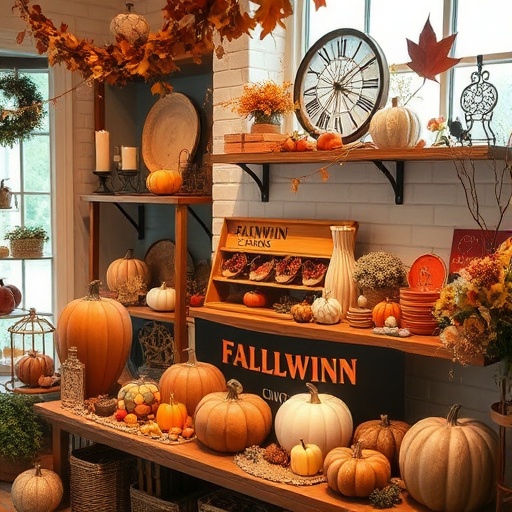
Changing your artifacts based on the seasons can keep your decor fresh and engaging. This practice allows you to celebrate different aspects of culture and nature throughout the year.
Ideas for seasonal displays include:
- Using autumn-themed artifacts in the fall, such as harvest baskets.
- Incorporating winter artifacts like handmade ornaments during the holiday season.
- Displaying spring flowers in vases that reflect cultural traditions.
Rotating Artifacts for Freshness
To keep your home decor dynamic, consider rotating artifacts regularly. This practice not only refreshes your space but also allows you to appreciate different items over time.
Tips for storing and maintaining artifacts not on display include:
- Use acid-free materials for wrapping and storing delicate items.
- Keep artifacts in a climate-controlled environment to prevent damage.
- Label storage boxes for easy identification when rotating items.
DIY Projects with Artifacts
Repurposing Artifacts into New Decor
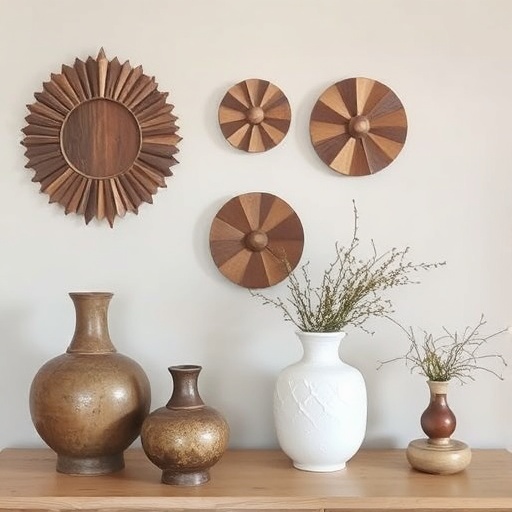
Transforming old artifacts into new decor pieces can be a rewarding DIY project. This approach not only gives new life to items but also allows for personal expression.
Examples of DIY projects include:
- Creating wall art by framing smaller artifacts.
- Making coasters from old tiles or pottery.
- Turning a vintage suitcase into a stylish storage solution.
Crafting Personalized Displays
Custom displays can reflect your personal style and the stories behind your artifacts. Personalization adds a unique touch to your home decor.
Materials needed for DIY artifact displays may include:
- Frames or shadow boxes for mounting.
- Adhesives and tools for crafting.
- Decorative elements like fabric or paint to enhance the display.
Incorporating Artifacts in Different Rooms
Living Room Ideas
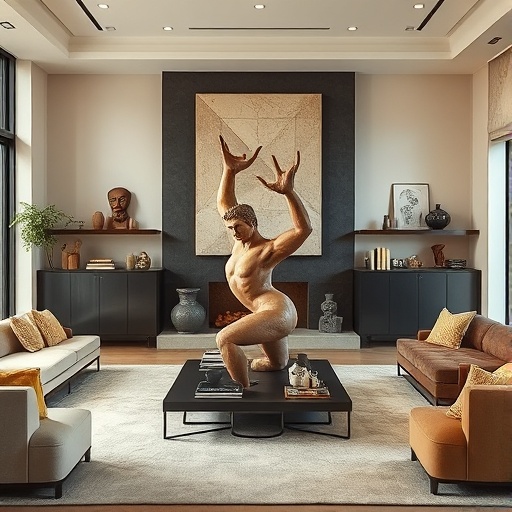
The living room is a prime space for showcasing artifacts. Here, you can create a focal point that invites discussion and admiration.
Suggestions for integrating artifacts include:
- Using a statement piece, like a large sculpture, as a centerpiece.
- Arranging smaller artifacts on coffee tables or shelves.
- Creating a dedicated corner for a cultural display.
Kitchen and Dining Room Incorporation
Artifacts can enhance the atmosphere of kitchens and dining areas, contributing to a warm and inviting environment.
Examples of functional artifacts include:
- Using decorative bowls for fruit or bread.
- Displaying vintage kitchen tools as part of the decor.
- Incorporating culturally significant tableware during meals.
Bedroom Displays
Personalizing bedrooms with artifacts can create a serene and meaningful atmosphere. Artifacts in this space can reflect your identity and comfort.
Ideas for bedroom displays include:
- Using artifacts as bedside decor.
- Hanging art that tells your story above the bed.
- Incorporating meaningful artifacts into your nightstand setup.
Outdoor Spaces
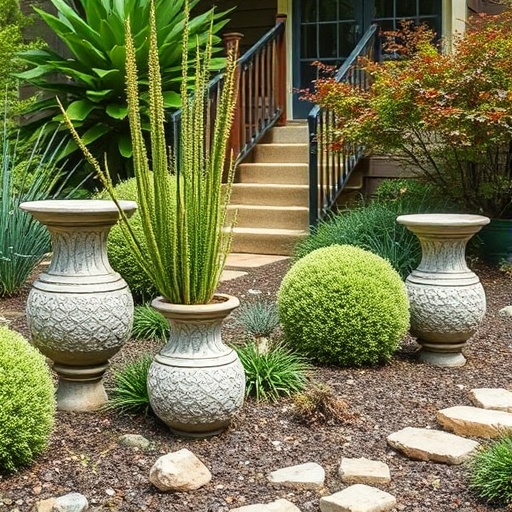
Gardens and patios can also benefit from the inclusion of artifacts. Outdoor displays can enhance the natural beauty of your surroundings.
Weather-resistant options include:
- Using stone or metal artifacts that withstand the elements.
- Creating a themed garden with cultural significance.
- Incorporating artifacts that complement outdoor furniture.
Artifacts as Conversation Starters
Storytelling Through Artifacts
Artifacts have the power to spark dialogue and create connections among people. Sharing the stories behind your artifacts can enrich social interactions.
Tips for sharing stories include:
- Being prepared to explain the significance of each artifact.
- Encouraging guests to share their own stories related to similar artifacts.
- Using artifacts to initiate discussions about culture and history.
Hosting Artifact-Themed Gatherings
Consider hosting gatherings centered around your artifacts, creating an engaging atmosphere for your guests. This can be a unique way to share your interests and heritage.
Ideas for gatherings include:
- Organizing a dinner where each course represents a different culture.
- Hosting a storytelling night where guests share their own artifact stories.
- Creating a themed art night where guests bring their own artifacts to share.
Preserving and Caring for Artifacts
Proper Storage Techniques
To ensure the longevity of artifacts, proper storage is crucial. This helps maintain their condition and value over time.
Best practices for storing artifacts include:
- Using acid-free materials for wrapping and storing items.
- Avoiding direct sunlight and humidity to prevent damage.
- Keeping artifacts in a clean, dry environment.
Maintenance and Conservation Tips
Regular maintenance is important for preserving the integrity of your artifacts. Each type may require different care methods.
When cleaning artifacts, consider the following:
- Use soft cloths and gentle cleaning solutions to avoid damage.
- Consult with conservation professionals for valuable or delicate items.
- Regularly check for signs of wear or damage and address them promptly.
Conclusion
Incorporating artifacts into your home decor not only enriches your living space but also connects you to your heritage and history. By embracing the creative ideas presented in this article, you can create a unique environment that reflects your personal style and values.
Explore the potential of artifacts in your home, and let them inspire your creativity. The lasting impact of these items can transform your space into a narrative of cultural significance and personal memories.
Key Takeaways
- Artifacts provide cultural and historical significance in home decor.
- Creative display options include shadow boxes, floating shelves, and gallery walls.
- Artifacts can serve functional roles while enhancing aesthetic appeal.
- Seasonal and rotational displays keep your decor fresh and engaging.
- DIY projects allow for personalized expressions using artifacts.
- Proper care and maintenance are essential for preserving artifacts.
FAQ
What are artifacts?
Artifacts are objects that have historical, cultural, or personal significance, often representing the heritage of a community or individual.
How can I choose artifacts for my home?
Select artifacts that resonate with your personal history and ensure they are authentic. Look for items that tell a story or have cultural significance.
What are some creative ways to display artifacts?
Consider using shadow boxes, floating shelves, or creating a gallery wall. Each method allows for unique and engaging displays.
How do I care for and maintain artifacts?
Use acid-free materials for storage, avoid direct sunlight, and regularly check for signs of wear. Consult professionals for valuable items.
Can artifacts be used in outdoor decor?
Yes, weather-resistant artifacts can enhance outdoor spaces, such as gardens or patios, adding character and charm.
